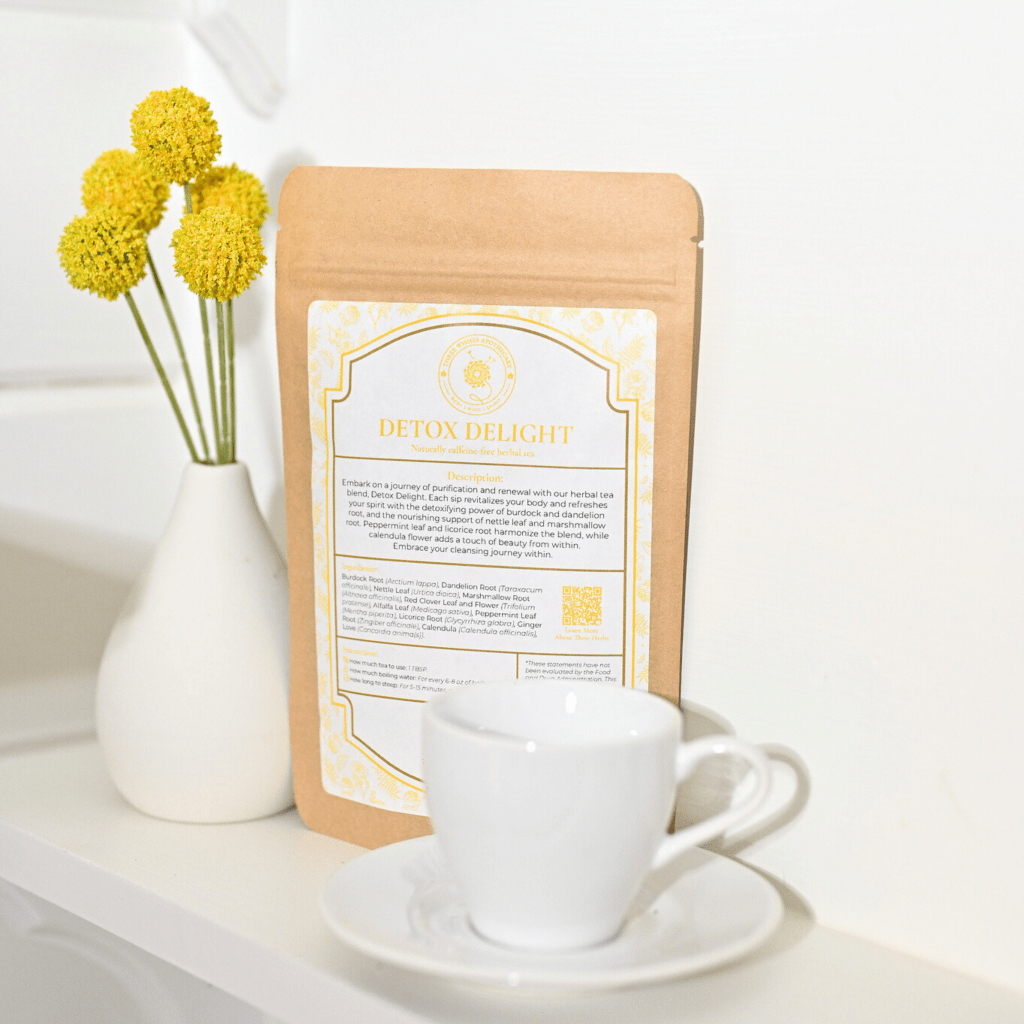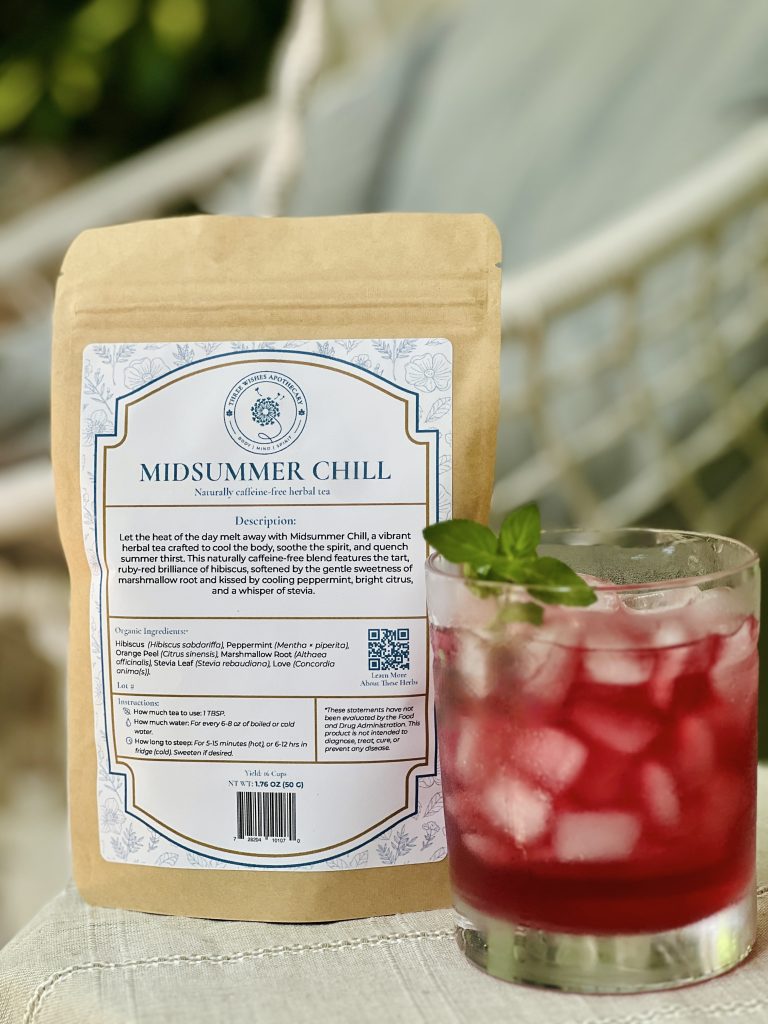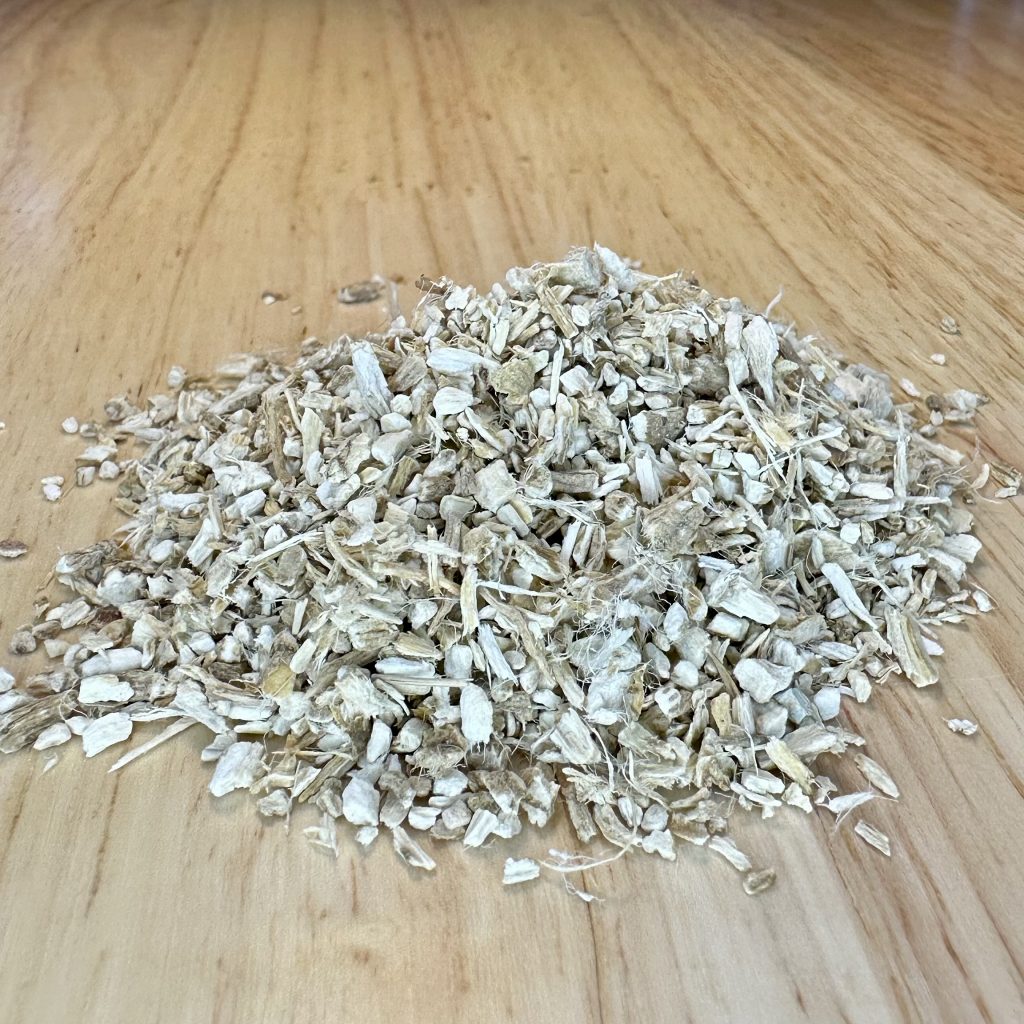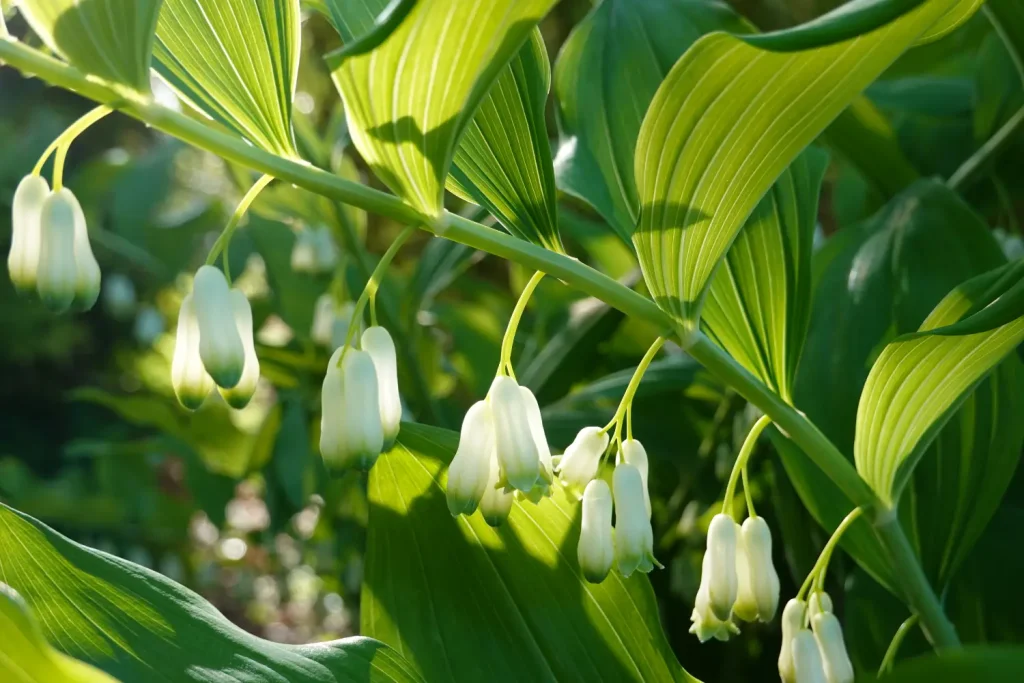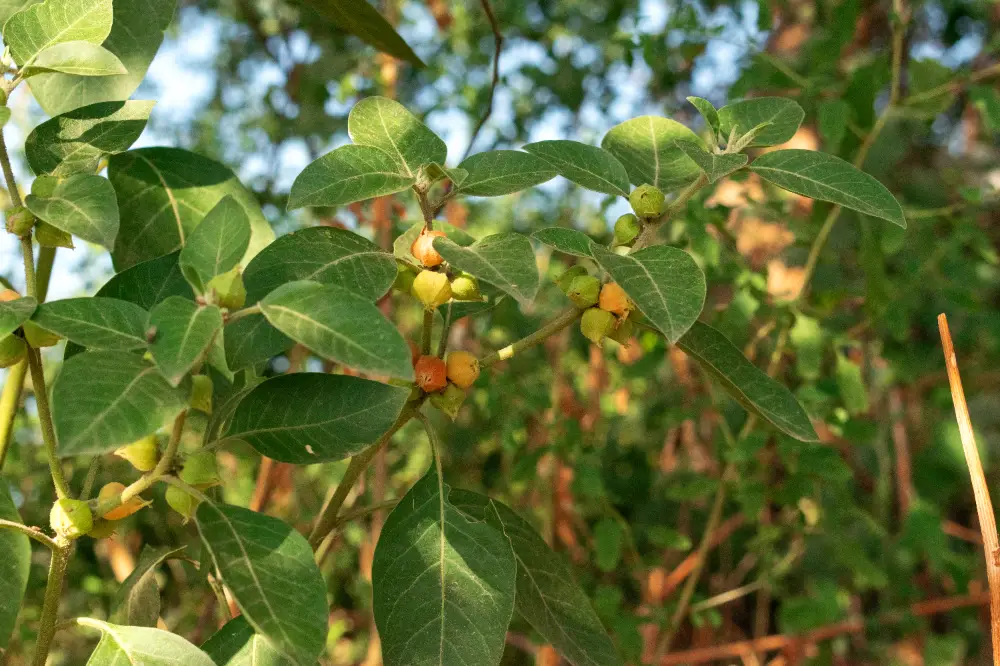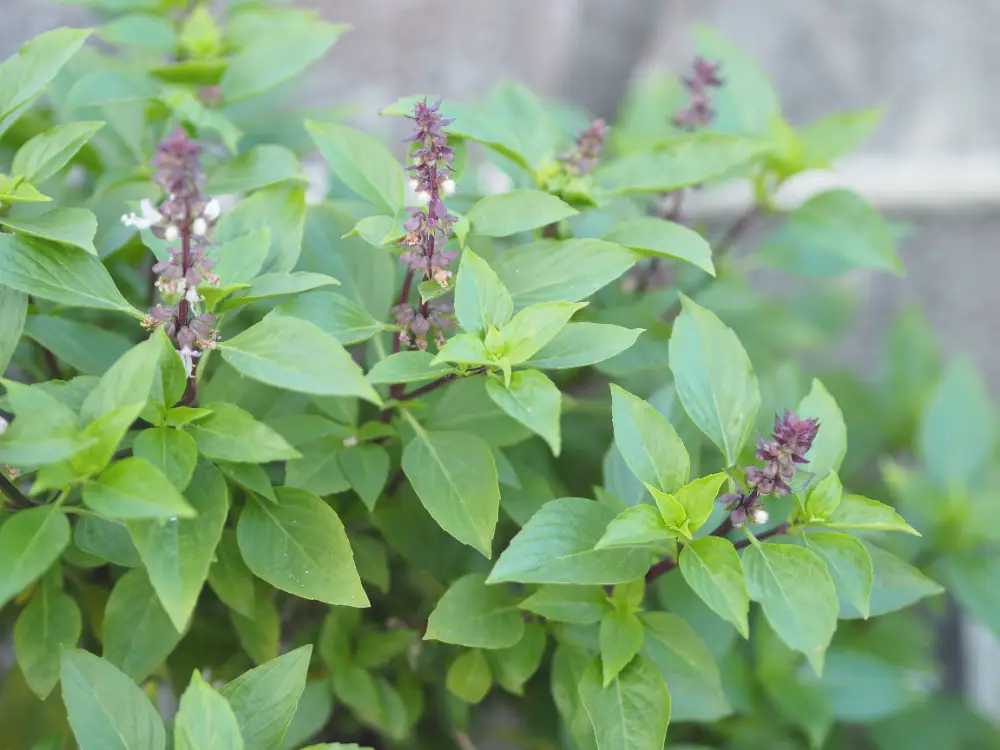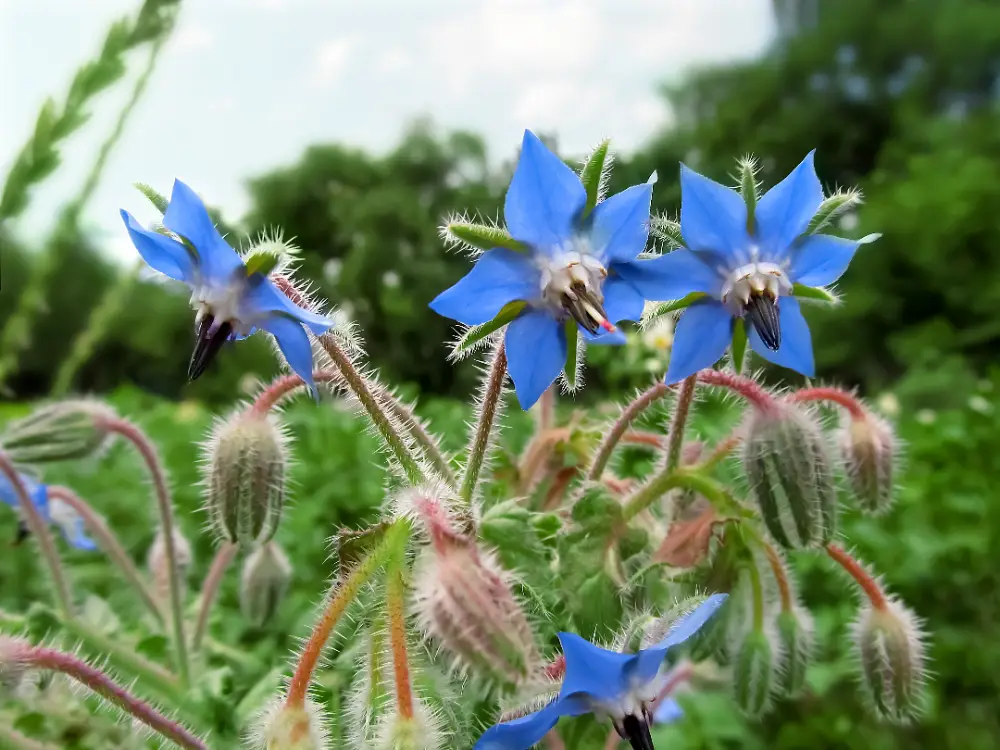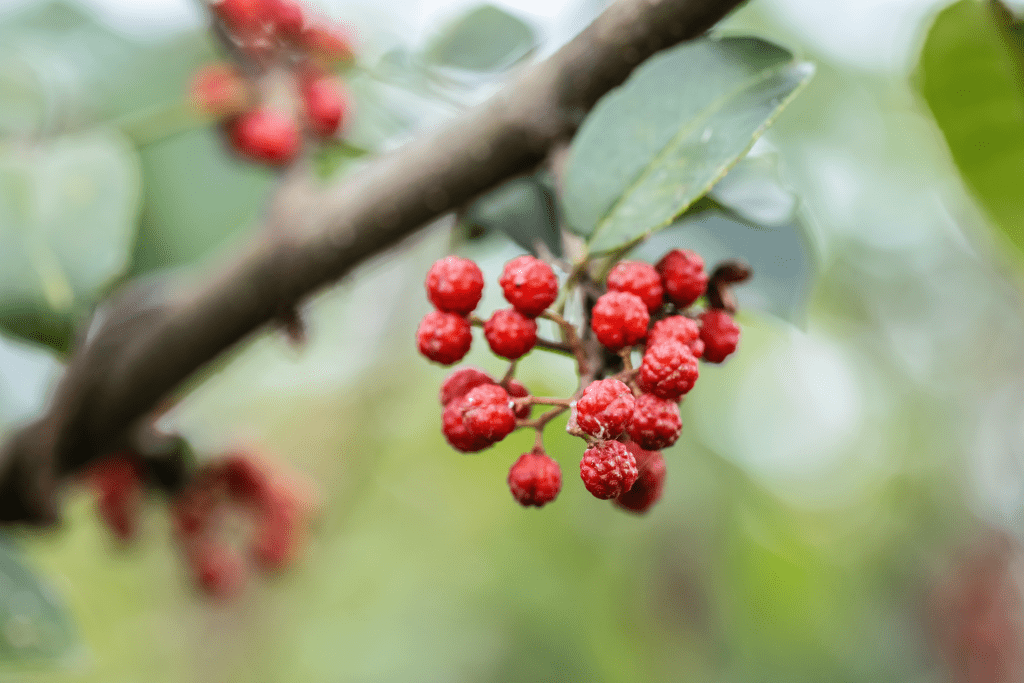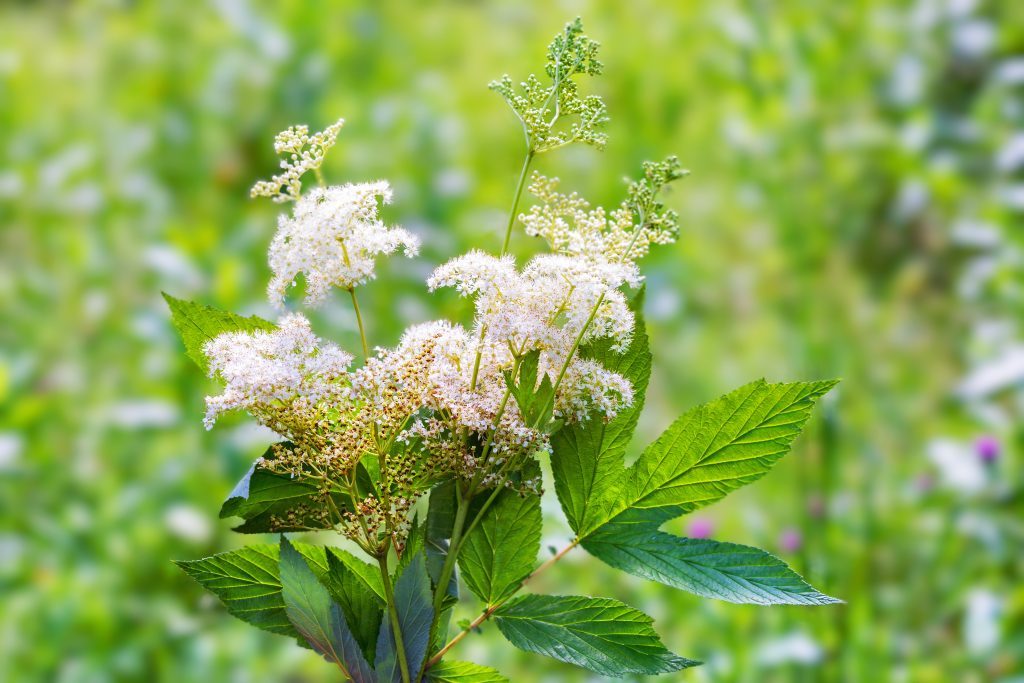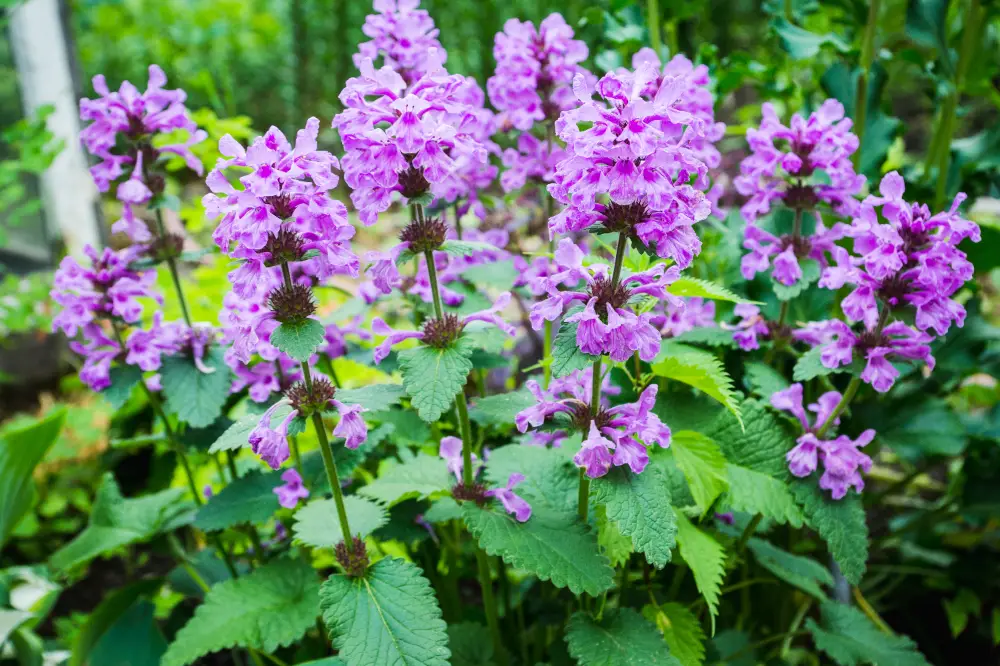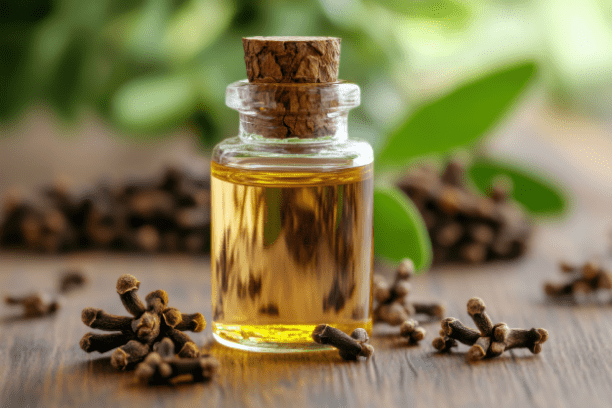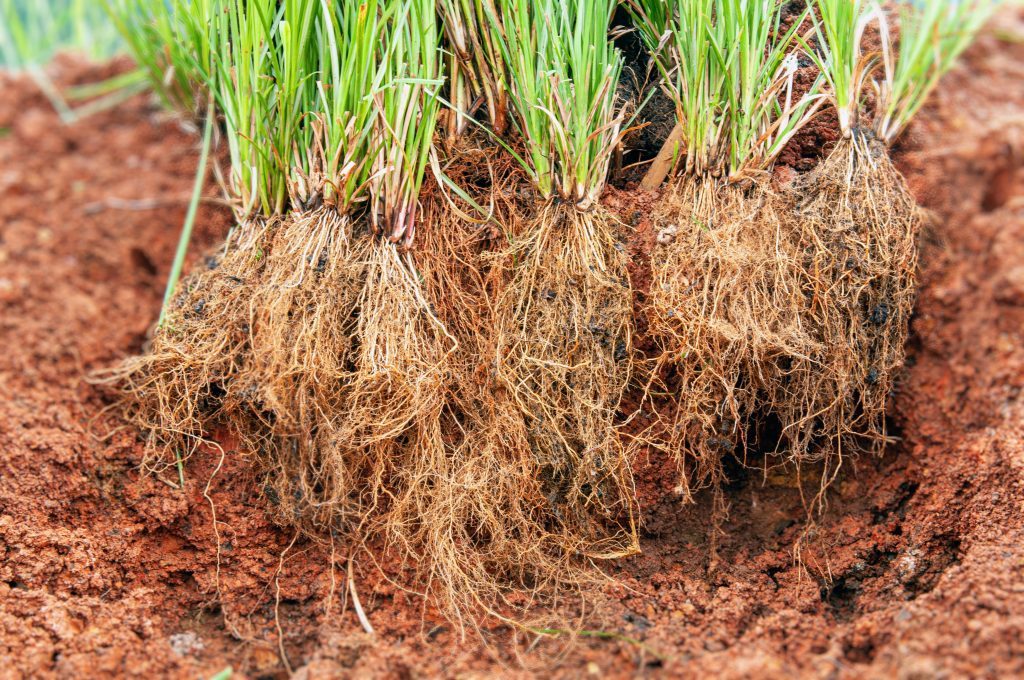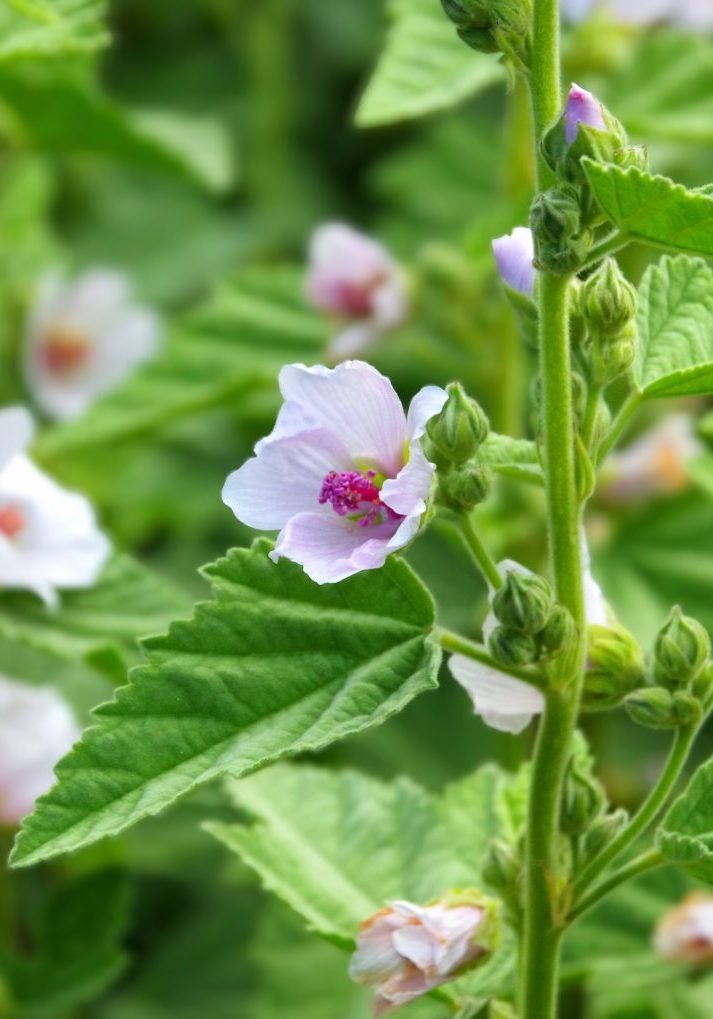
Marshmallow
Althaea officialis
Malvaceae (Mallow Family)
“The Soothing Emollient: Nourishing, Cooling, and Supporting Mucous Membranes for Respiratory and Digestive Relief.”
Other names:
Marshmallow Root, White Mallow
Superpower
A high content of mucilage makes it a powerful emollient and demulcent, ideal for easing inflammation and irritation in the digestive, respiratory, and urinary systems.
Uses
Soothing Digestive Relief: Historically, Marshmallow Root was used in Greek and Roman medicine to treat digestive disorders, including gastritis, ulcers, and indigestion. Its mucilage content made it particularly effective at coating the stomach lining and reducing irritation.
Respiratory Support: In European folk medicine, Marshmallow Root was commonly used as a remedy for coughs, bronchitis, and sore throats. It was brewed into teas or syrups to soothe inflammation in the lungs and throat, reducing dry, persistent coughs.
Topical Applications: Traditionally, Marshmallow Root was used as a poultice or salve to reduce skin inflammation, treat wounds, burns, and insect bites, and to calm eczema or other skin conditions.
Current Uses:
Demulcent for Digestive and Respiratory Health: Today, Marshmallow Root is used primarily for its demulcent properties to treat inflammation of the digestive and respiratory tracts. It is commonly found in herbal teas and cough syrups aimed at treating gastritis, acid reflux, sore throats, and dry coughs.
Urinary Health: Marshmallow is also used in modern herbal medicine to treat bladder infections, urinary tract inflammation, and kidney stones due to its ability to soothe mucous membranes in the urinary system.
Skin Care: The mucilage content of Marshmallow Root makes it a popular ingredient in natural skincare products, used for hydrating and calming irritated skin.
Cautions
Toxicity:
Very safe when used within appropriate doses. In some cases, it may cause mild gastrointestinal (GIT) upset, such as bloating or diarrhea, but this is rare and generally well-tolerated.
Contraindications:
None known. Marshmallow Root is considered a safe herb with no significant contraindications.
Interactions:
Medications: As Marshmallow contains mucilage, it can slow down the absorption of other oral medications. It is recommended to take medications 1-2 hours apart from consuming Marshmallow Root to avoid potential interference with drug absorption.
Known Chemical Constituents
Root (Radix)
Mucilage (Polysaccharides):
Arabinogalactans, galacturonorhamnans, xylose, arabinose, galactose, rhamnose, and pectin — these water-soluble polysaccharides form the soothing mucilage responsible for Marshmallow Root’s demulcent, protective, and anti-inflammatory effects on mucous membranes.
Amino Acids:
Asparagine — supports protein metabolism, hydration, and tissue repair, making the root deeply restorative and nourishing to depleted tissues.
Flavonoids:
Kaempferol, quercetin, isorhamnetin — provide antioxidant and mild anti-inflammatory activity.
Phenolic Acids:
Ferulic acid, vanillic acid, syringic acid — contribute to antioxidant and tissue-protective effects.
Pectins:
Pectic polysaccharides enhance Marshmallow Root’s emollient and gut-soothing properties, reinforcing mucosal protection in both digestive and respiratory tracts.
Tannins:
Low content; contributes gentle astringency, supporting wound healing and integrity of epithelial tissues.
Coumarins:
Scopoletin and related compounds with mild anti-inflammatory and circulatory-supporting actions.
Minerals:
Calcium, magnesium, zinc, and trace silica — nourish tissues and support the body’s self-repair processes.
Leaf (Folia)
Mucilage (Polysaccharides):
Similar in structure but less concentrated than the root, containing arabinose, galactose, rhamnose, and uronic acids — providing a soothing effect on upper respiratory, urinary, and digestive mucosa.
Flavonoids:
Kaempferol, quercetin, apigenin, and luteolin — more abundant in the leaves than the root, offering stronger antioxidant and anti-inflammatory actions.
Tannins:
Higher concentration than in the root, providing notable astringent, toning, and protective effects for skin, throat, and urinary tract.
Volatile Oils:
Minute quantities contribute to the leaf’s mild antimicrobial and aromatic qualities.
Phenolic Compounds:
Chlorogenic acid, caffeic acid, and ferulic acid — enhance the leaf’s antioxidant profile.
Coumarins:
Similar to root but in lower concentrations; support circulation and tissue repair.
Botanical Description
Growth Habit:
Althaea officinalis is a perennial herb that typically grows to a height of 1 to 1.5 meters (3-5 feet). It has a soft, woody stem with numerous upright branches.
Leaves:
The leaves are soft, oval, and lobed, with a downy texture. They are arranged alternately on the stem and can grow up to 7-10 cm long. The leaves have a grey-green color and are covered with fine hairs, giving them a velvety texture.
Flowers:
Marshmallow produces pale pink to white flowers, similar in appearance to hollyhocks, with five petals. The flowers bloom in clusters at the top of the stems during the summer months and are about 2-3 cm in diameter.
Roots:
The thick, fibrous roots are the most commonly used part of the plant for medicinal purposes. They are white on the inside and have a high concentration of mucilage, which gives the root its soothing, emollient properties.
Fun Facts
The root’s sap was once used as a sweetener.
Parts Used
Root, Leaves
Harvest
Timing:
- The roots are typically harvested in the autumn of the plant’s second or third year of growth. This is when the medicinal properties are most concentrated.
- The leaves can be harvested throughout the summer, especially before the plant flowers.
- Flowers are picked during the flowering season, usually in mid-summer.
Method:
- Roots: Carefully dig up the entire root system, ensuring you do not damage the roots. Once harvested, the roots are thoroughly washed and either used fresh or dried for later use.
- Leaves and Flowers: Harvest by hand-picking or using scissors to avoid damaging the plant. The leaves should be dried in a well-ventilated area to prevent mold growth.
Storage:
- After drying, both roots and aerial parts should be stored in airtight containers away from moisture and light to preserve their potency. Dried roots can last up to two years, while the leaves and flowers last about one year.
Preparations
Infusions/Teas: A common method for soothing sore throats, dry coughs, and digestive irritation.
Tinctures: Used to treat inflammatory conditions in the digestive, urinary, and respiratory systems.
Syrups: A popular preparation for calming coughs and throat irritation, especially in children.
Poultices: Applied to the skin to soothe inflammation, burns, and eczema.
Capsules: Taken as a supplement for digestive or respiratory health.
Sacred Rituals
Used in rituals for emotional healing.
Affirmations
“I trust in the healing power of nature to soothe and nurture my body, mind, and spirit with gentle compassion.”
Spiritual Associations
Its gentle energy encourages self-compassion and healing on an emotional level.
Functions
A substance or agent that reduces inflammation in the body, soothing irritation, swelling, or redness in tissues.
Anti-tussive
A substance or agent that suppresses or relieves coughing.
AntimicrobialA substance or agent that inhibits the growth of or destroys microorganisms, including bacteria, viruses, fungi, and protozoa.
Bulking/Osmotic laxativeA bulking/osmotic laxative refers to a substance or agent that promotes bowel movements by increasing stool volume or drawing water into the intestines to ease stool passage.
Cough ReliefRefers to interventions or substances that soothe the throat, reduce irritation, and help alleviate coughing, particularly when it becomes excessive or uncomfortable.
DemulcentA substance or agent that soothes and protects irritated or inflamed tissues by forming a protective film over mucous membranes.
Digestive & Elimination HealthThe overall well-being and optimal functioning of the digestive system, which includes the gastrointestinal tract, liver, pancreas, and other supporting organs. It encompasses the processes of breaking down food, absorbing nutrients, and eliminating waste, as well as maintaining a healthy balance of gut microbiota.
EmollientA substance or agent that softens, soothes, and moisturizes the skin or mucous membranes, often used to alleviate dryness, irritation, or inflammation.
Expectorant (clears mucus)Hypoglycemic agentA substance or intervention that lowers blood sugar levels, often used to manage conditions like diabetes or hyperglycemia.
NutritiveA nutritive is a substance that provides essential nutrients, supporting the body’s growth, repair, and overall vitality.
Sore Throats ReliefSore throat relief involves interventions or substances that help soothe pain, reduce inflammation, and provide comfort to an irritated or inflamed throat.
VulneraryA substance that promotes wound healing, helps repair damaged tissues, and aids in the recovery of cuts, scrapes, burns, or other skin injuries.

